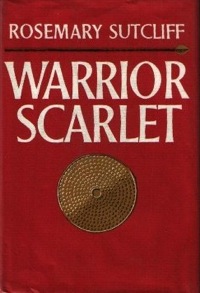
Rosemary Sutcliff was an English novelist best known for children's books, especially historical fiction and retellings of myths and legends. Although she was primarily a children's author, some of her novels were specifically written for adults. In a 1986 interview she said, "I would claim that my books are for children of all ages, from nine to ninety."

Legio IX Hispana, also written as Legio VIIII Hispana, was a legion of the Imperial Roman army that existed from the 1st century BC until at least 120 AD. The legion fought in various provinces of the late Roman Republic and early Roman Empire. The nickname "Hispana" was gained when it was stationed in Hispania under Augustus. It was stationed in Britain following the Roman invasion in 43 AD. The legion disappears from surviving Roman records after c. 120 AD and there is no extant account of what happened to it.

The Brigantes were Ancient Britons who in pre-Roman times controlled the largest section of what would become Northern England. Their territory, often referred to as Brigantia, was centred in what was later known as Yorkshire. The Greek geographer Ptolemy named the Brigantes as a people in Ireland also, where they could be found around what is now Wexford, Kilkenny and Waterford, while another people named Brigantii is mentioned by Strabo as a sub-tribe of the Vindelici in the region of the Alps.
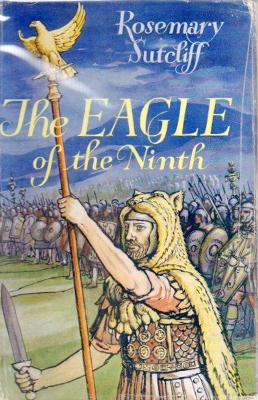
The Eagle of the Ninth is a historical adventure novel for children written by Rosemary Sutcliff and published in 1954. The story is set in Roman Britain in the 2nd century AD, after the building of Hadrian's Wall.

The Lantern Bearers is a historical novel for children by Rosemary Sutcliff, first published by Oxford in 1959 with illustrations by Charles Keeping. Set in Roman Britain during the 5th century, it is the story of a British Roman's life after the final withdrawal of Roman troops. Sutcliff won the annual Carnegie Medal from the Library Association, recognising the year's best children's book by a British subject.
Geoff Taylor is an English fantasy artist.
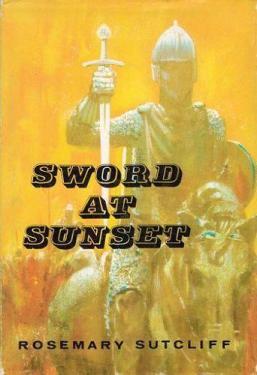
Sword at Sunset is a best-selling 1963 novel by Rosemary Sutcliff. One of her few historical novels written specifically for adults, it is her interpretation of the legend of King Arthur.

The Silver Branch is a historical adventure novel for children written by Rosemary Sutcliff and published in 1957, with illustrations by Charles Keeping. Set in Britain in the last decade of the 3rd century, it is the story of Justin and Flavius, two cousins in the Roman legions who find themselves in the intrigue and battle surrounding the struggles between Carausius, a self-proclaimed emperor in Britain, Allectus, Carausius's treasurer, and Constantius, emperor in Rome.
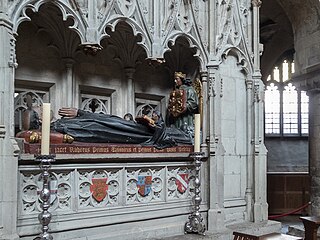
Rahere, or Raher or Raherius, was an Anglo-Norman priest and monk. He was a favourite of King Henry I and is most famous for having founded St Bartholomew's Priory and the Hospital of St Bartholomew in 1123.

The Armourer's House is a children's historical novel by Rosemary Sutcliff and first published in 1951.
William II of England has been depicted in various cultural media.

Nordy Bank is a children's adventure novel by Sheena Porter, published by Oxford in 1964 with illustrations by Annette Macarthur-Onslow. Set in the hills of Shropshire, it features children whose camping holiday seems to engage the prehistoric past. Porter won the annual Carnegie Medal for excellence in British children's literature.
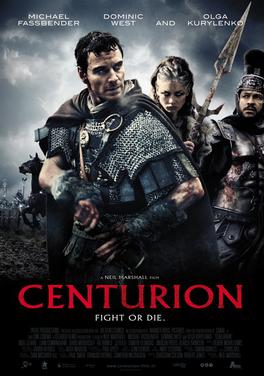
Centurion is a 2010 British historical action film written and directed by Neil Marshall, loosely based on the disappearance of the Roman Empire's Ninth Legion in Caledonia in the early second century AD. The film stars Michael Fassbender, Dominic West and Olga Kurylenko. It received mixed reviews and performed poorly at the box office, only earning half of its $12 million budget.
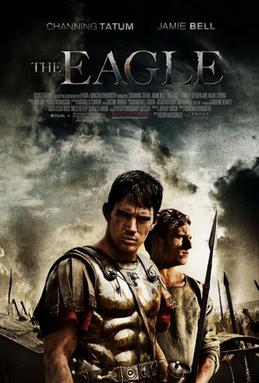
The Eagle is a 2011 epic historical drama film set in Roman Britain directed by Kevin Macdonald, and starring Channing Tatum, Jamie Bell and Donald Sutherland. Adapted by Jeremy Brock from Rosemary Sutcliff's historical adventure novel The Eagle of the Ninth (1954), the film tells the story of a young Roman officer attempting to recover the lost Roman eagle standard of his father's legion in Caledonia. The story is based on the Ninth Spanish Legion's supposed disappearance in Britain. Historically, the purported disappearance of the Ninth Legion in Northern Britain is a subject of debate.
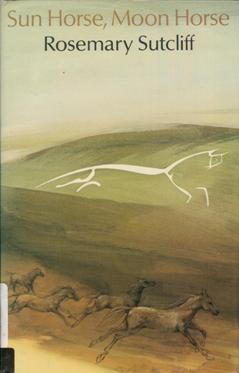
Sun Horse, Moon Horse is a historical novel for children written by Rosemary Sutcliff and published in 1977.
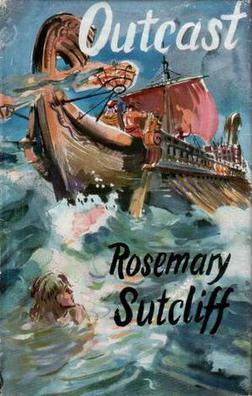
Outcast is a historical novel for children written by Rosemary Sutcliff and published in 1955.

The Mark of the Horse Lord is a 1965 historical novel for children written by Rosemary Sutcliff. It won the first Phoenix Award in 1985.

The Picts, the pre-Gaelic people of eastern Scotland, have frequently been represented in literature and popular culture.

Thick as Thieves is a 2017 young adult fantasy novel by Megan Whalen Turner, published by Greenwillow Books. It is the fifth novel in the Queen's Thief series that Turner began with The Thief in 1996.

Knight's Fee is a children's historical novel written by Rosemary Sutcliff, first published in 1960. It is set in and around the South Downs in England, near the towns of Steyning and Arundel in West Sussex and covers the period 1094–1106, some 30–40 years after the Norman conquest of England in 1066.
